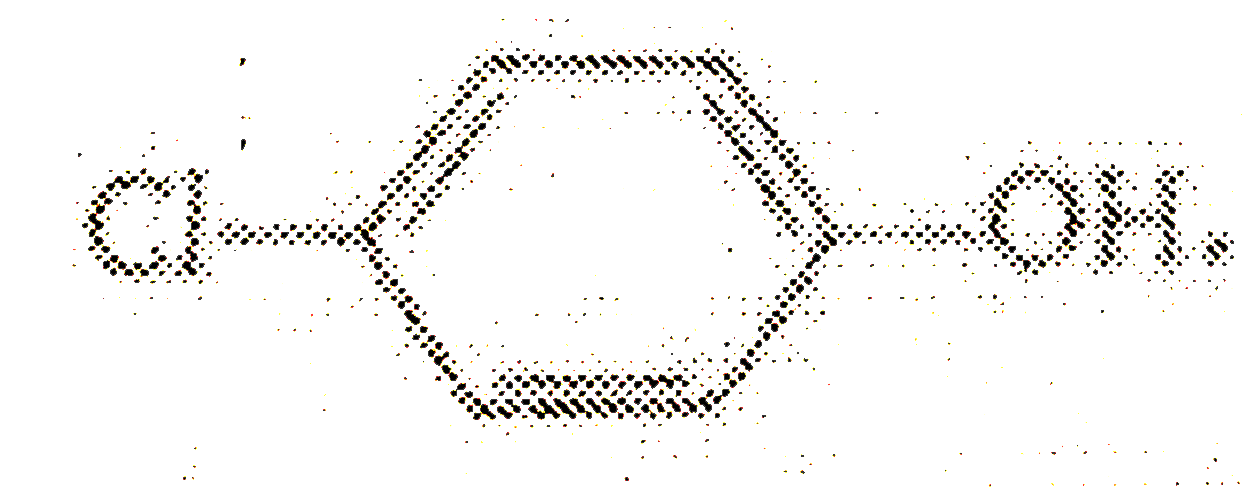Assertion: Cresols are less acidic than phenol.
Reason: Electron releasing grops do not favour the formation of phenxide ion.
if both assertioon and reason are true and reason is the corrct explanation of assertion.
If both assertion and reason are ture but reason is not the corrcet explanation of assertion.
If assertion is true but reason is false .
if both assertion and reason are false.
The correct Answer is:A
To solve the question regarding the assertion and reason about the acidity of cresols compared to phenol, we can break down the solution into clear steps:
1. Understanding the Compounds:
- Cresols are methyl-substituted phenols. The structure of cresol includes a benzene ring with one hydroxyl group (-OH) and one methyl group (-CH3).
- Phenol is a simple aromatic compound with a hydroxyl group attached directly to a benzene ring.
2. Acidity Concept:
- The acidity of a compound is often determined by the stability of its conjugate base. The more stable the conjugate base, the stronger the acid.
3. Formation of Conjugate Bases:
- When phenol loses a proton (H+), it forms the phenoxide ion (C6H5O⁻).
- When cresol loses a proton, it forms the cresoxide ion (C6H4(CH3)O⁻).
4. Analyzing the Conjugate Bases:
- The phenoxide ion (C6H5O⁻) is stabilized by the resonance of the negative charge over the aromatic ring.
- The cresoxide ion (C6H4(CH3)O⁻) also has resonance, but the presence of the methyl group (-CH3) is an electron-donating group.
5. Effect of Electron-Donating Groups:
- The methyl group increases the electron density on the cresoxide ion due to its +I (inductive) effect. This destabilizes the negative charge on the oxygen, making the cresoxide ion less stable than the phenoxide ion.
6. Conclusion on Acidity:
- Since the conjugate base of phenol (phenoxide ion) is more stable than that of cresol (cresoxide ion), phenol is more acidic than cresol. Therefore, the assertion that "cresols are less acidic than phenol" is correct.
7. Evaluating the Reason:
- The reason states that "electron releasing groups do not favor the formation of phenoxide ion." This is also true because the electron-donating groups destabilize the conjugate base by increasing electron density.
8. Final Assessment:
- Both the assertion and the reason are correct, and the reason correctly explains the assertion.
Final Answer:
- Assertion: Cresols are less acidic than phenol. (True)
- Reason: Electron releasing groups do not favor the formation of phenoxide ion. (True)
- Cresols are methyl-substituted phenols. The structure of cresol includes a benzene ring with one hydroxyl group (-OH) and one methyl group (-CH3).
- Phenol is a simple aromatic compound with a hydroxyl group attached directly to a benzene ring.
- The acidity of a compound is often determined by the stability of its conjugate base. The more stable the conjugate base, the stronger the acid.
- When phenol loses a proton (H+), it forms the phenoxide ion (C6H5O⁻).
- When cresol loses a proton, it forms the cresoxide ion (C6H4(CH3)O⁻).
- The phenoxide ion (C6H5O⁻) is stabilized by the resonance of the negative charge over the aromatic ring.
- The cresoxide ion (C6H4(CH3)O⁻) also has resonance, but the presence of the methyl group (-CH3) is an electron-donating group.
- The methyl group increases the electron density on the cresoxide ion due to its +I (inductive) effect. This destabilizes the negative charge on the oxygen, making the cresoxide ion less stable than the phenoxide ion.
- Since the conjugate base of phenol (phenoxide ion) is more stable than that of cresol (cresoxide ion), phenol is more acidic than cresol. Therefore, the assertion that "cresols are less acidic than phenol" is correct.
- The reason states that "electron releasing groups do not favor the formation of phenoxide ion." This is also true because the electron-donating groups destabilize the conjugate base by increasing electron density.
- Both the assertion and the reason are correct, and the reason correctly explains the assertion.
- Assertion: Cresols are less acidic than phenol. (True)
- Reason: Electron releasing groups do not favor the formation of phenoxide ion. (True)
Topper's Solved these Questions
- ALCOHOLS,PHENOLS AND ETHERSBook:NCERT FINGERTPS ENGLISHChapter:ALCOHOLS,PHENOLS AND ETHERSExercise:Assertion And Reason
Explore 14 Videos
- ALCOHOLS,PHENOLS AND ETHERSBook:NCERT FINGERTPS ENGLISHChapter:ALCOHOLS,PHENOLS AND ETHERSExercise:NCERT Exemplar
Explore 15 Videos
- ALDEHYDES, KETONES AND CARBOXYLIC ACIDSBook:NCERT FINGERTPS ENGLISHChapter:ALDEHYDES, KETONES AND CARBOXYLIC ACIDSExercise:Assertion And Reason
Explore 15 Videos
Similar Questions
Knowledge Check
Phenol is less acidic than
AethanolBo-nitrophenolCo-mehtyphenolDo-methoxyphenol.
Phenol is less acidic than
View SolutionAssertion (A) p-nitrophenol is more acidic than phenol.
Reason (R) Nitro group helps in the stabilisation of the phenoxide ion by dispersal of negative charge due to resonance.
View SolutionOrtho and para nitrophenols are more acidic than phenol. Draw the resonance structures of the corresponding phenoxide ions.
View SolutionAssertion : Phenol is more acidic than ethanol.
Reason : Phenoxide ion is resonance stabilized.
View SolutionAssertion : H2Se is less acidic than H2S.
Reason : S is less electronegative than Se.
View SolutionAssertion:
 is less acidic than
is less acidic than

Reason: -F exerts better+mesomeric effect than -Cl.
View SolutionAssertion (A) Ethanol is a weaker acid than phenol.
Reason (R) Sodium ethoxide may be prepared by the reaction of ethanol with aqueous NaOH.
View Solution

